Ishikawa Prefecture is a place where the culture of eating rice cakes has been rooted since ancient times. For example, various mochi dishes such as “Aburi mochi”, “Hippari mochi”, “Tobitsuki mochi”, and “Tochi mochi” are eaten throughout the year. In Kanazawa City, which has a history as a castle town of the Kaga clan, you can enjoy “Goshiki namagashi”.
What is Goshiki namagashi?
Goshiki namagashi is a Japanese confectionery with an assortment of 5 types of unbaked confectionery, known as a celebratory confectionery for weddings and other occasions in Kanazawa. Locals also called these “gokyoen sweets”. Each of the five kinds of confectionery represents “Jitsugetsu-san Kairi which means “sun, moon, sea, mountain, and village”.
The “Hi” is a round rice cake with red bean paste and red rice flour on top and the “Moon” is a white bun. Locals made this by wrapping koshian (sweet red bean paste) in mochi (rice cake) and then covering it with steamed yellow glutinous rice. Lastly, the “Umi” is a diamond-shaped rice cake with bean paste, which reminds us of waves arranging it.
Etymology

The term “Goshiki Namagashi” has its meaning translated as “five-coloured sweet” The “Goshiki (五色)” means “Five Colors” in English and “Namagashi (生菓子)” are a type of wagashi, which is a general term for traditional Japanese sweets and candies.
Goshiki namagashi History
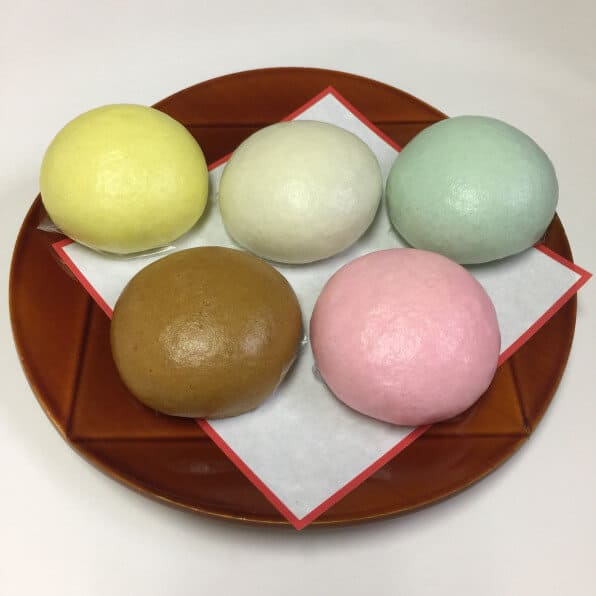
In the 6th year of the Keicho era, Princess Tama, the daughter of the second Tokugawa shogun Hidetada, married the third Maeda domain lord, Marquis Toshitsune. And there was a confectionery shop for the Kaga clan, that created the concept of these Japanese sweets. Mr. Yoshizo Kashida, who is a professional confectioner, created the Goshiki namagashi as a celebratory confectionery.
Five colours represent the blessings of the heavens and earth of “Sun, Moon, Mountain, Sea, and Village”, and five-coloured namagashi is a confectionery that expresses the awe of these. In the Meiji era, when the Maeda family left Kanazawa, the custom of giving five-coloured namagashi at weddings took root among commoners. At present in Kanazawa, locals still widely used these sweets as one of the indispensable celebratory sweets for weddings.
Goshiki namagashi Recipe
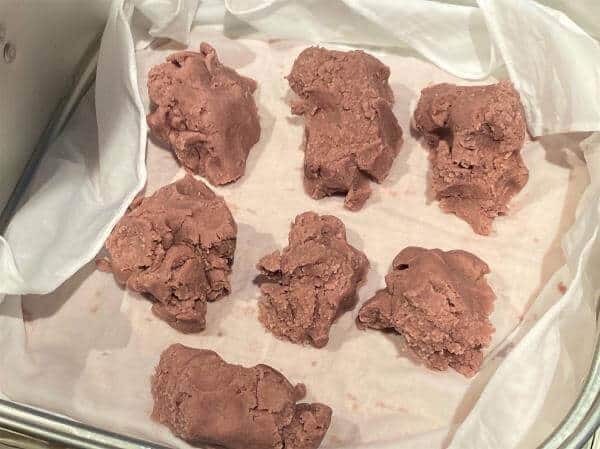
Goshiki namagashi Ingredients
| Ingredients of Goshiki namagashi for 2 person | |
| <Steamed Yokan (Sato) dough> | |
| Red bean strained bean paste | 400g |
| Cake flour | 50g |
| Glutinous rice flour | 10g |
| Brown sugar | 20g |
| Salt | 2g |
| Syrup | 10g |
| <Dough of mochi with red bean paste (Sun, Sea, Mountain)> | |
| Joshin powder | 200g |
| Glutinous rice flour | 100g |
| boiling water | 300g |
| Red bean strained bean paste | 540g |
| Straw powder | 30g |
| Food colouring (red) | 5g |
| Water | 20g |
| Domyoji powder | 60g |
| Lukewarm water | 50g |
| Food colouring (yellow) | 5g |
| <Manju (moon) dough> | |
| Sweet Sake | 25g |
| White sugar | 30g |
| Cake flour | 60g |
| Red bean strained bean paste | 210g |
How to make Goshiki namagashi
Making steamed yokan
Put the red bean paste in a bowl, add the cake flour, glutinous rice flour, brown sugar, and salt, and mix by hand until the mixture is smooth.
Arrange in a steamer lined with wet bleach and steam for 30 minutes. After steaming, transfer to a bowl, mix evenly with a wooden spatula and wait until the heat is removed.
Dip your hands in syrup, form a ball and roll it into a cylinder with a diameter of 5 to 6 cm. Apply syrup to the surface and cool to room temperature until the heat is completely removed. Cut into 2 cm width with a knife.
Make sweet bean paste rice cakes (Sun, Sea, Mountain)
Add the leeks to the water that has been coloured with crimson food colouring and mix well with a rubber spatula. Lay flat to dry. Wash the Domyoji powder with water and drain with a strainer. Add to lukewarm water coloured with yellow food colouring, loosen and set aside for 10 minutes.
Put the joshinko and glutinous rice flour in a bowl, mix well, add hot water all at once, and knead with a wooden spatula until the flour is gone. Then, put it together with your hands, transfer it to a tray containing hand flour, and divide it into portions.
Spread the dough widely, put 30g of red bean paste on top and wrap it, gather the dough in the centre and close it tightly. Press flat to shape. Wet half with syrup and add sardine powder to color it red.
Spread out the dough, put 30g of red bean paste on top and wrap it around.
Wrap it in the same way as Hi, moisten the surface with water, and add yellow-coloured Domyoji powder. Press flat to shape. All three of them should be arrange them in a steamer lined with wet bleach and steam for 15 minutes.
Making manju (moon)
Mix the leavening agent and amazake well, add caster sugar, and mix well. Then, add the cake flour and mix until the flour disappears.
Open it in a bat with hand flour and cut it into 6 equal parts. Unfold the dough, put the sweet bean paste on top, and wrap it so that the opening at the end of the wrap is thin.
Arrange them in a steamer lined with wet sarashi, sprinkle water on the surface with a sprayer, and steam for 15 minutes. Do not touch it immediately after steaming, but when it cools down, transfer it to a flat container covered with plastic wrap.
Goshiki namagashi Types and Meaning
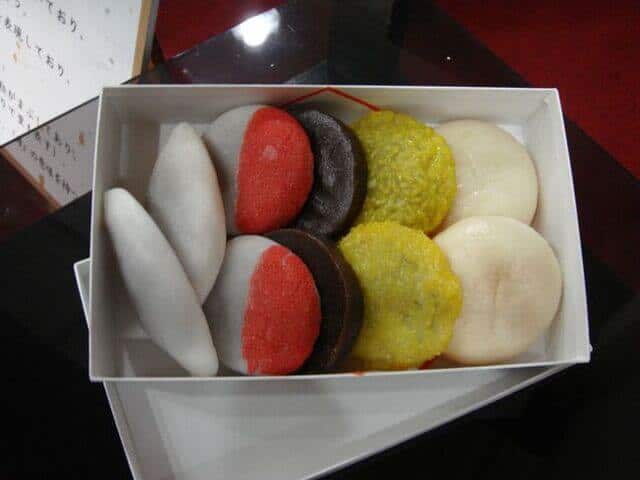
Goshiki namagashi consists of five namagashi, each of which has the meaning of sun, moon, sea, mountain, and village. This is also a prayer for good health.
Sasara-mochi
A round-shaped rice cake filled with strained bean paste. They covered this with red-coloured rice flour, representing the sun.
Manju
White round barley manju which means the “full moon”.
Quail
Lozenge-shaped mochi filled with koshian, representing overlapping waves that represents the “sea”.
Egara mochi
Round mochi with strained bean paste. Locals covered it with yellow grains of rice and have the meaning of “mountain” because of the chestnut burr.
Yokan
Round-shaped steamed yokan. The black soil represents a village and the round shape represents a mountain, meaning “village”.
How to eat Goshiki Namagashi?

Take the fresh sweets out of the bowl and eat them as they are. The mochi and Manju cakes packed in confectioneries are brightly coloured and are given out as a token of gratitude for each celebration. They are usually offered on such occasions as weddings and ridgepole-raising ceremonies.
Where to buy Goshiki namagashi
Koshiyama Kanseido (越山甘清堂 金沢エムザ店)
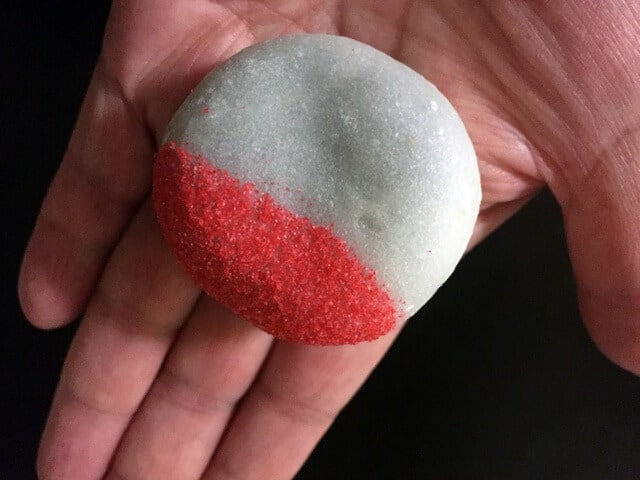
“Koshiyama Kanseido” is a Japanese confectionery shop that preserves the traditional handmade taste and makes local sweets that are unique to Kanazawa.The mini-sized “Goshiki namagashi” packed in a wappa-shaped box are sold only on Saturdays and Sundays at Koshiyama Kanseido. It’s much smaller than regular goshiki namagashi, and it’s big enough to be eaten in two or three bites.
Nakazaki Sweets Shop (なかざき生菓子店)

Founded more than 80 years ago, Nakazaki Fresh Sweets Shop manufactures sweets for each milestone of life and four seasons while inheriting the tradition from the old days. The shop is the favourite Japanese sweet shop in Kanazawa. This is a recommended shop where the customer service is simple and friendly.
Matsui Fresh Confectionery (㈲松井生菓舗)
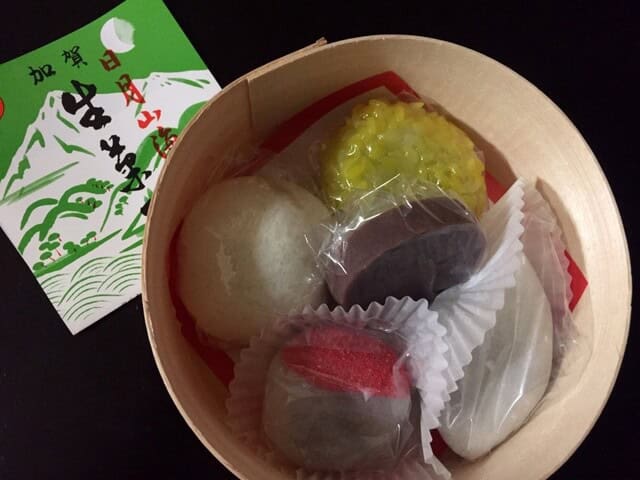
It is an ordinary old-fashioned Japanese confectionery shop that is closely related to the locals. Even if you look at the showcase of the shop, there are traditional Japanese sweets lined up there. All their rice cakes such as Goshiki namagashi and bean rice cakes are delicious. The texture and taste are also good. The taste that continues to linger even after time passes
Final Thoughts

Japanese sweets (Wagashi) are a whole category of confectionary made using traditional production techniques in Japan. Namagashi is a traditional Japanese sweets that are most often associated with wagashi. They are made of rice flour and a sweet bean paste filling and are delicately shaped by hand to reflect the season. It also has a moisture content of over 30%. Namagashi is also one of the most popular types of wagashi due to its wide variety of beautiful decorations.
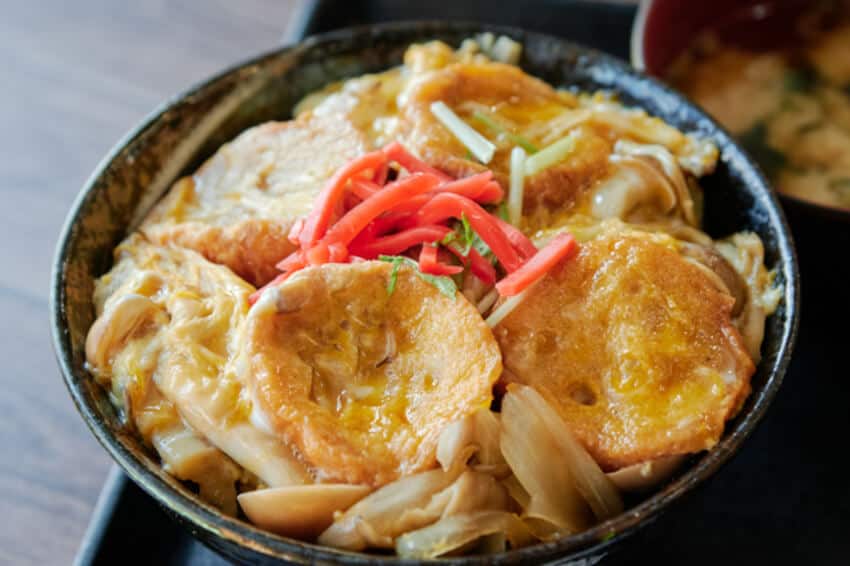
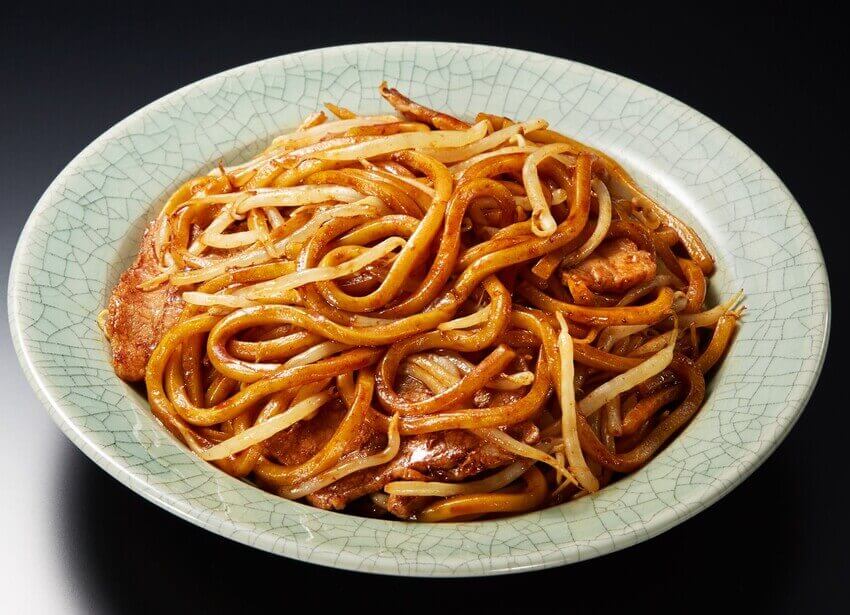




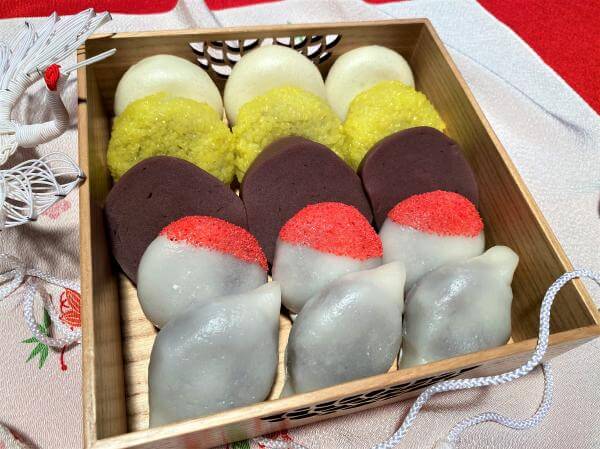
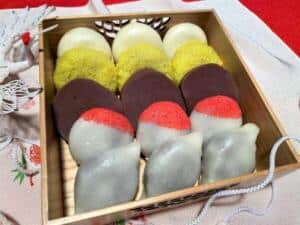
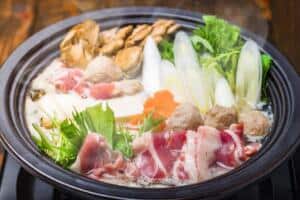
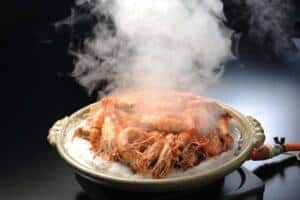
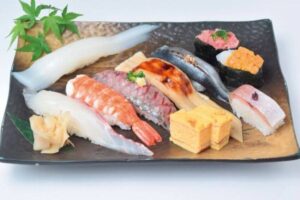
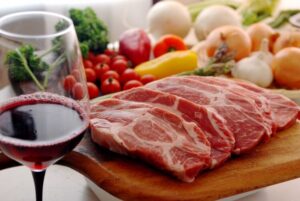
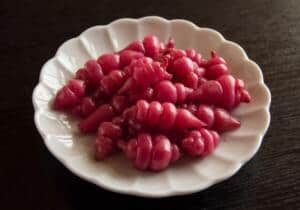
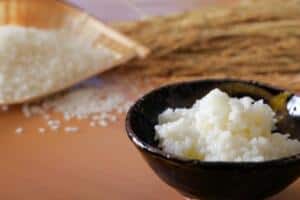
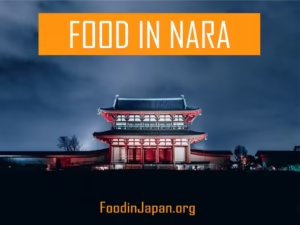
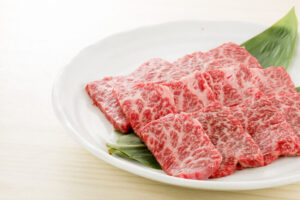
Comments